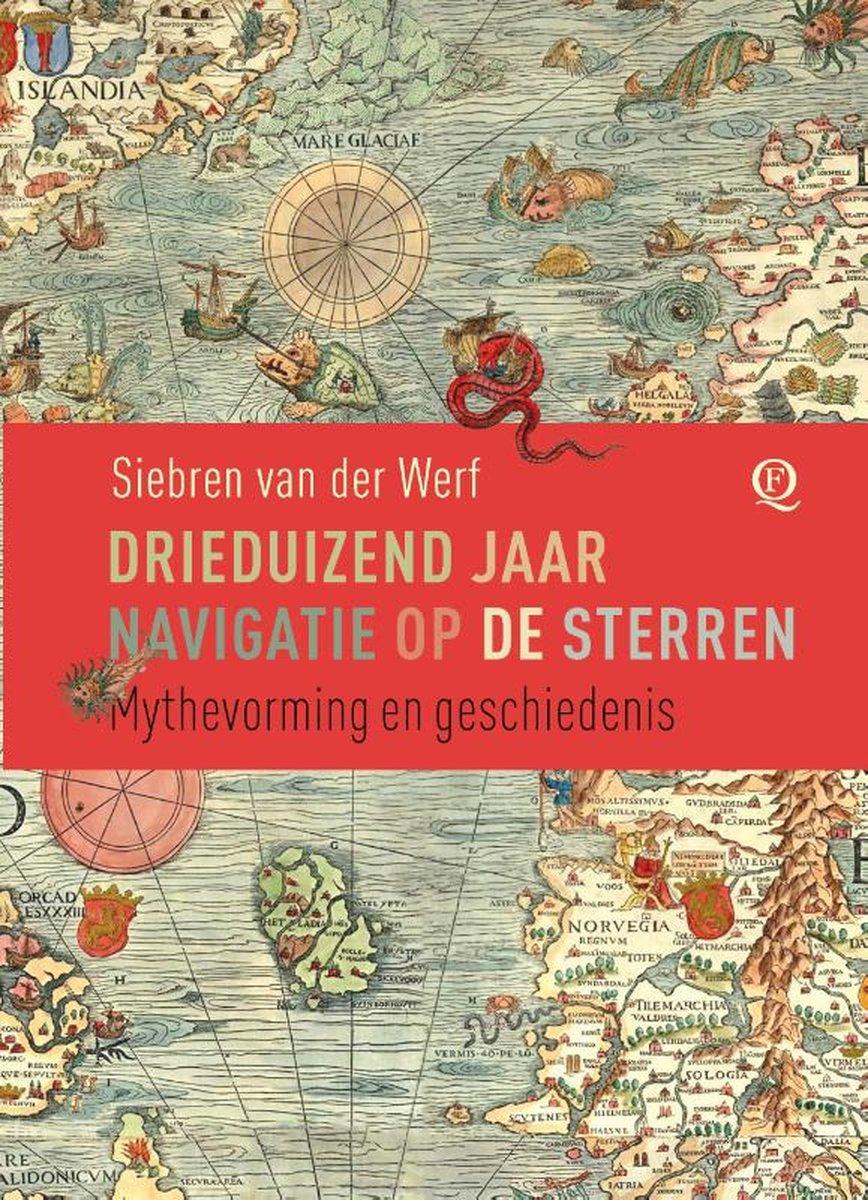Three Thousand Years of Navigation by the Stars
From its earliest mention in Homer’s 'The Odyssey', the history of celestial navigation at sea is one bound up with myths, sagas and flights of fancy. Venturing into uncharted territories with the sun, moon and stars as guide often went hand in hand with tales of phantom islands, sea beasts and monster waves with varying bases in truth. In this compact work, physicist and navigation historian Siebren van der Werf brings us a fascinating history of navigation, from antiquity to the twentieth century, and demystifies tall tales from the high seas.

Van der Werf delves into sailors’ historic accounts, across three-thousand years, from Odysseus’ return to Ithaca, to Thor Heyerdahl’s 1947 raft voyage to the Easter Islands, to show how navigation techniques have changed over the centuries, but also what has remained the same. These stories of Greeks and Vikings, Polynesians and Britons, reveal how different groups have used the light of the heavens to sail across the sea. In doing so, Van der Werf uses original sources, often translating from Ancient Greek epics as North America, and providing clear explanations with illustrative diagrams and exquisite maps.
Sometimes it seems that history writers themselves were the ones who helped famous nautical legends into the world. For example the long-sought Terra Australis (‘Southern Land’), a continent which turns out to never have existed (but led to many unintentional discoveries). Or the idea that the Vikings used a ‘sun stone’ as a compass. At other times Van der Werf dives into the mechanics of physical phenomena such as fata morganas and mirages, and computer simulations of atmospheric events, to clarify what sailors of old often colourfully claimed to have experienced. Ultimately this history and the legends of the sea largely came to an end around the time of James Cook in the eighteenth century, with the inventions of the chronometer and sextant.
This is a rich book, bursting with historical and nautical facts, written accessibly for a broad audience. It’s also steadying: the stars that once guided Odysseus home are the same that led the Vikings to the discovery of the North America, the same that aided Kupe’s discovery of Aotearoa, which later became New Zealand, and the same that, in this ever-changing world, we can still look to today.
‘Siebren van der Werf is physicist who understands everything that goes on in the sky and who knows how to clearly describe it. He has written a fine guide that offers explanations, while keeping one’s admiration for our ancestors intact.’
NRC
